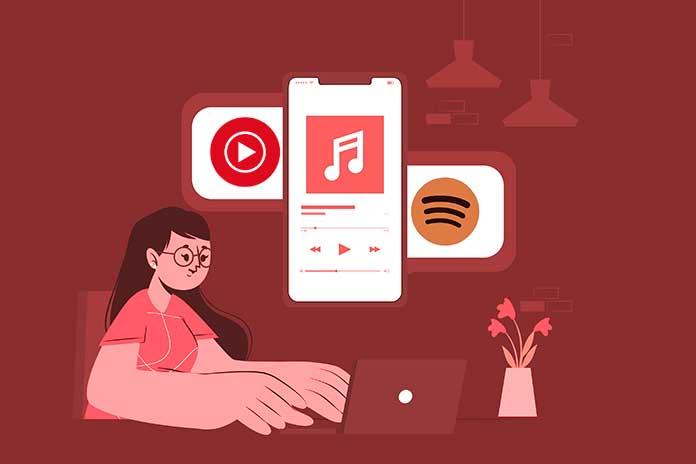The service is already available. It is a fusion of Spotify and traditional Youtube content, even videos, in one app. As the digital market grows, each giant claims its share. Especially if the leader is a Swedish startup with a capitalization of “just” thirty billion. And so Google decided to quickly expand the streaming music service YouTube Music—a challenge to Spotify, Apple Music, and Amazon Music.
Table of Contents
How YouTube Music Works
Launched on May 22 in South Korea, the United States, Mexico, Australia, and New Zealand, YouTube Music now arrives in 12 other countries: Italy, Austria, Canada, Finland, France, Germany, Ireland, Norway, Russia, Spain, Sweden, and Great Britain. The new service is a sort of fusion between Spotify (which it also resembles graphically) and traditional YouTube content: there will therefore be in a single app (or, in the case of the desktop, in a single section) video clips and live performances, albums releases, singles, remixes, and covers.
As in Spotify, there will also be the possibility of creating playlists or listening to some predefined ones based on the mood or the activity that is taking place at that moment. Google, which built its fortune on a search engine, does not forget its origins. And it introduces a relatively effective system: songs and albums can be traced with the author’s name or title, with pieces of text, or with even more generic indications, such as – YouTube informs in a post – ” song with the whistle.” It works.
The Strong Point: The Videos
The homepage has subsections such as trends, new hits, and new releases. Once you have chosen an album or a singer, a list of songs, albums, playlists containing her works, and a list of “related” artists opens. The songs and discs will be played and, when available, accompanied by the corresponding video clips. The most significant difference compared to Spotify lies precisely in the roots of YouTube. That is, in the “Videos” section. It is populated with footage, especially clips and live performances. For example: looking for “Rolling Stones,” the voiceless that appears is the 2013 concert during the Glastonbury festival.
Free And Paid
YouTube Music is free, but if you want to save money, you must accept (as on YouTube) the advertisements that precede the songs. The model, therefore, is the same as Spotify: the service costs nothing with ads. Alternatively, you can choose the Music Premium subscription: no advertising and the possibility of downloading and listening to the songs even without an Internet connection.
Cost: after a promotional period of three free months, 9.99 euros per month (the same as the cent of Spotify) and 14.99 euros for the Family Plan. At the same time, YouTube Premium also arrives. The lack of imagination in the names risks confusion, but they are two different services. YouTube Premium includes, in addition to all the opportunities of YouTube Music, the TV series, and movies of YouTube Originals. With a few euros more: 11.99 euros per month and 17,
The Streaming Music Market
Google thus focuses on streaming music. According to Statista, the market will be worth 11.4 billion dollars at the end of 2018 and 14.7 billion in 2022. It will therefore grow at an annual average of 6.6%. The market is already crowded, but (albeit late) there would be space to enter. It will be challenging. The leader is Spotify, with a 42% share. The Swedish platform has 170 million users, with 75 million paying for a subscription. Which also went a barb: “We do not make hardware.
We are centered around music.” A sting that could likewise be focused on others: On their side, nonetheless, there is a vast crowd, which, notwithstanding, could be more clear that it will be feasible to convey on a solitary application. There is already a precedent, not identical but fitting: YouTube Red (the ancestor of YouTube Premium), launched in 2014, had to compete with Netflix and didn’t even come close.
Also Read: Know More About YouTube, Engagement And Efficiency


